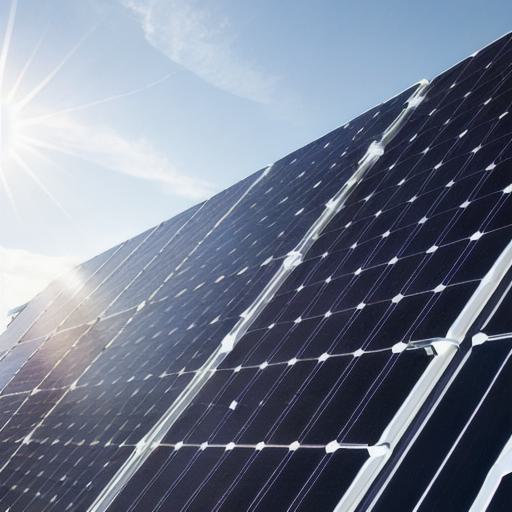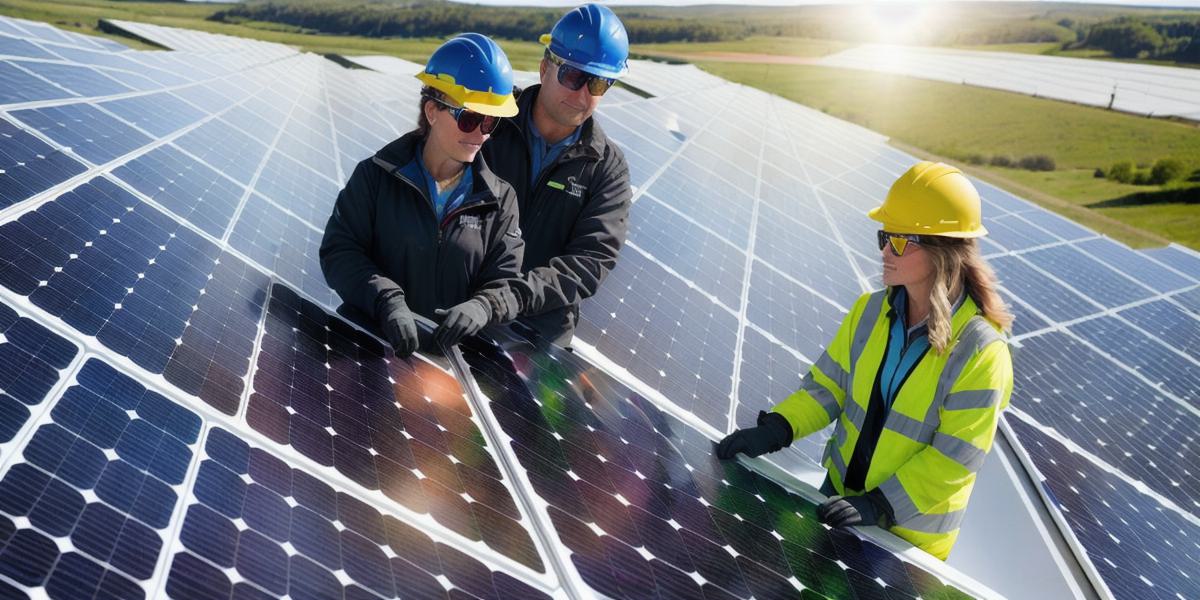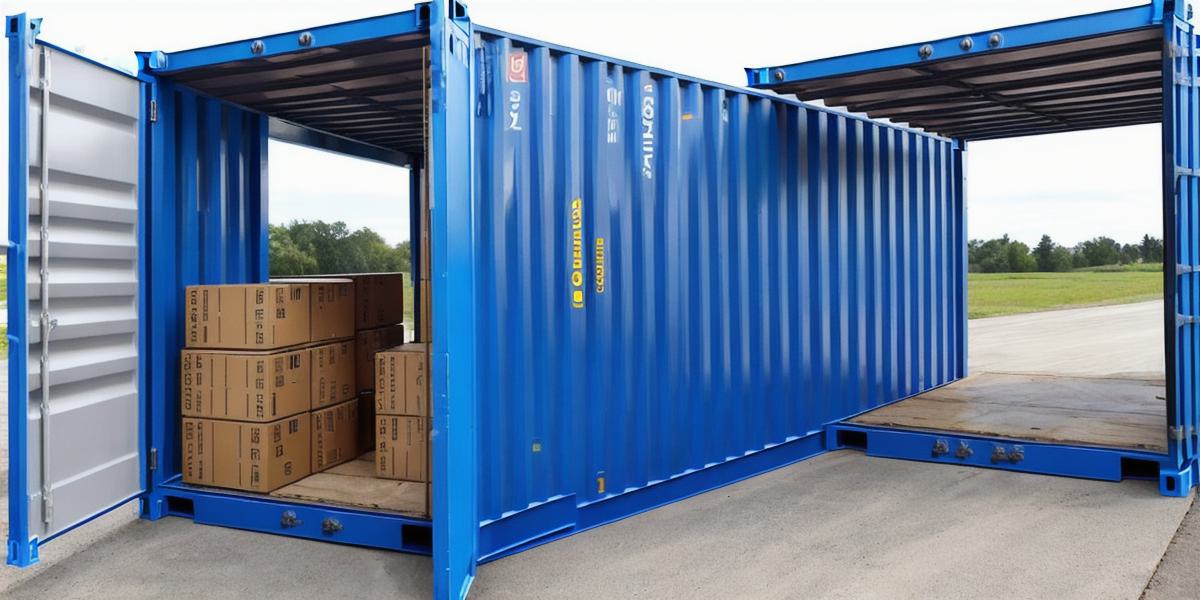In recent years, there has been a growing interest in renewable energy sources as people seek ways to reduce their carbon footprint and contribute to a more sustainable future. In this article, we will explore the different types of renewable energy sources available, discuss their benefits, and provide case studies and personal experiences to illustrate how they are being used in real life.

- Solar Energy
One of the most well-known and widely used renewable energy sources is solar power. Solar panels convert sunlight into electricity, which can be used to power homes and businesses. The most significant advantage of solar energy is that it is abundant and free, making it an attractive option for those looking to reduce their energy costs and carbon emissions.
One example of the use of solar energy is the city of Los Angeles, California, which has set a goal to generate 100% of its electricity from renewable sources by 2045. To achieve this goal, the city has installed over 600 megawatts of solar power capacity, enough to power more than 300,000 homes. Another example is Tesla’s Solar Roof product, which allows homeowners to install solar panels directly on their roofs, converting sunlight into electricity and reducing their energy bills. In addition, the roofs can also be used as a battery storage system, allowing homeowners to store excess energy for later use.
- Wind Energy
Another type of renewable energy source is wind power. Wind turbines convert the kinetic energy from the wind into electricity, which can be used to power homes and businesses. The most significant advantage of wind energy is that it is abundant and free, making it an attractive option for those looking to reduce their energy costs and carbon emissions.
One example of the use of wind energy is the state of Texas, which generates more wind energy than any other state in the US. In 2019, wind power accounted for over 20% of the state’s electricity generation. Another example is the Offshore Wind Europe Conference, which attracts thousands of professionals from around the world to discuss the latest developments and trends in offshore wind energy. This conference highlights the growing interest in using wind energy as a renewable source of power in coastal areas, where there are significant wind speeds.
- Hydro Energy
Hydro energy is another type of renewable energy source that has been used for centuries to generate electricity. It involves harnessing the power of flowing water to turn turbines, which convert the kinetic energy into electricity. The most significant advantage of hydro energy is that it is abundant and free, making it an attractive option for those looking to reduce their energy costs and carbon emissions.
One example of the use of hydro energy is the Hoover Dam in Nevada, which was built in 1936 and generates enough electricity to power over 4 million homes. Another example is the Three Gorges Dam in China, which is the largest hydroelectric dam in the world and generates enough electricity to power over 80 million people. These examples illustrate the significant impact that hydro energy can have on reducing carbon emissions and providing clean, renewable energy to millions of people.
- Geothermal Energy
Geothermal energy involves harnessing the heat stored in the Earth’s crust to generate electricity or provide heating and cooling for buildings. The most significant advantage of geothermal energy is that it is abundant and free, making it an attractive option for those looking to reduce their energy costs and carbon emissions.
One example of the use of geothermal energy is the Geysers of California, which has been harnessing the heat from underground reservoirs since 1974. The power plant generates enough electricity to power over 50,000 homes and has saved millions of dollars in energy costs for the surrounding area. Another example is the city of Reykjavik, Iceland, which generates over 99% of its electricity from geothermal sources. The city’s geothermal power plants provide clean, renewable energy to residents and businesses, while also reducing carbon emissions and creating jobs in the industry.
In conclusion, renewable energy sources are becoming increasingly popular as people seek ways to reduce their carbon footprint and contribute to a more sustainable future. Solar, wind, hydro, and geothermal energy are all examples of renewable energy sources that have been used successfully in different parts of the world. As technology continues to advance, it is likely that we will see even more innovative and efficient ways of harnessing renewable energy in the years to come.



